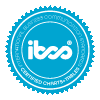
Rodrigo Palomino
Rodrigo Palomino CPA is a Senior Project Officer & Financial Management at the Department of Energy and Economic Diversification (DEED) in Western Australia, He works within the Industry Development Division to provide budgeting, forecasting, and data analytics services, supporting a government entity dedicated to driving energy transition, economic diversification, science, and innovation through grants and policies that enhance enterprises capabilities and competitiveness.
ABOUT
Rodrigo is a Certified Public Accountant (CPA Australia) with 20 years of experience in financial management and budgeting. He specialises in creating impactful reports and dashboards using IBCS standards to improve decision-making.
Rodrigo delivers consultancy to private and governmental organisations on financial and non-financial analytics and reporting. In his current role at DEED, he supports the Local Capability Fund program, providing grants worth millions to enhance the competitiveness of Western Australian enterprises, resulting in significant job creation and contract awards. He provides financial services to his group, including developing Power BI dashboards that enhance analysis speed and accuracy, while ensuring compliance with financial regulations and best practices.
HIS MISSION:
- To help organisations build solutions to enhance their business communication with the IBCS® framework, ensuring compliance and collaborative strategic benefits.
- To deliver customers powerful analytics on financial and non-financial information via clear reports and dashboards, boosting decision speed and accuracy.
- To mentor professionals around the world in data analytics, data visualisation and business intelligence.

IBCS® Certified Consultant
Rodrigo Palomino has successfully completed the IBCS® certification for successful design of reports and presentations at the IBCS Institute in August 2025.
Work samples

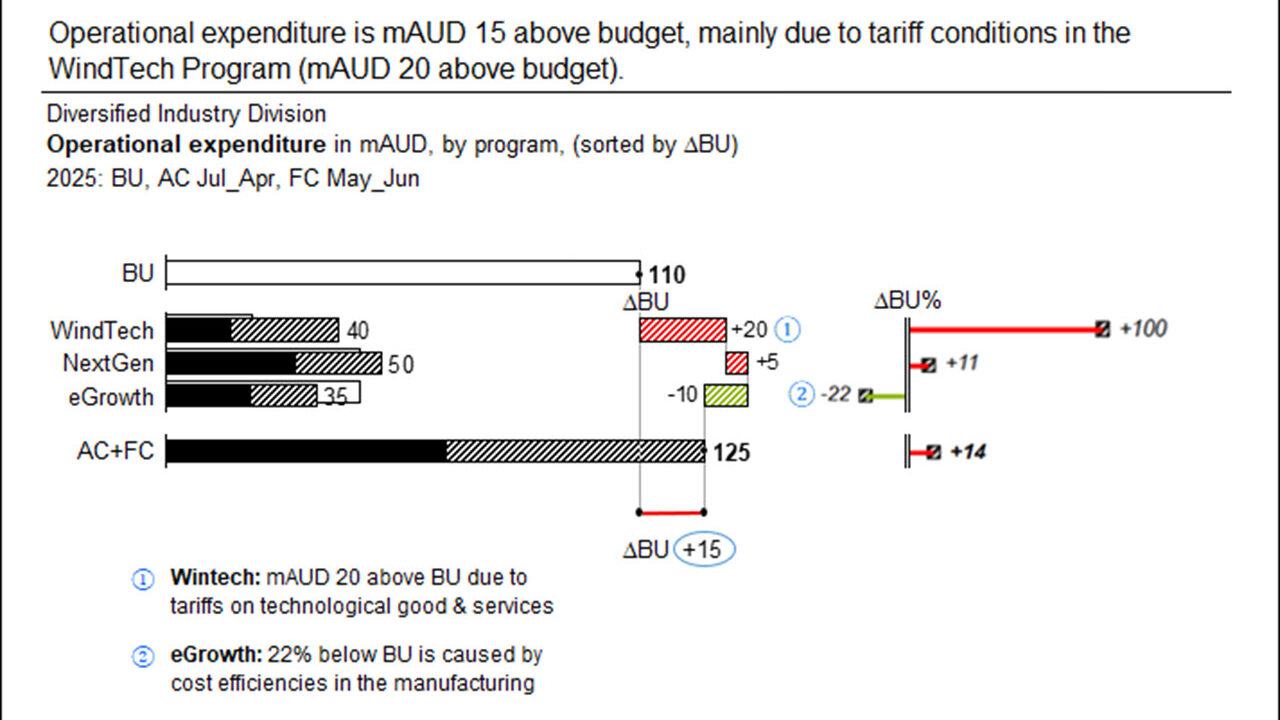
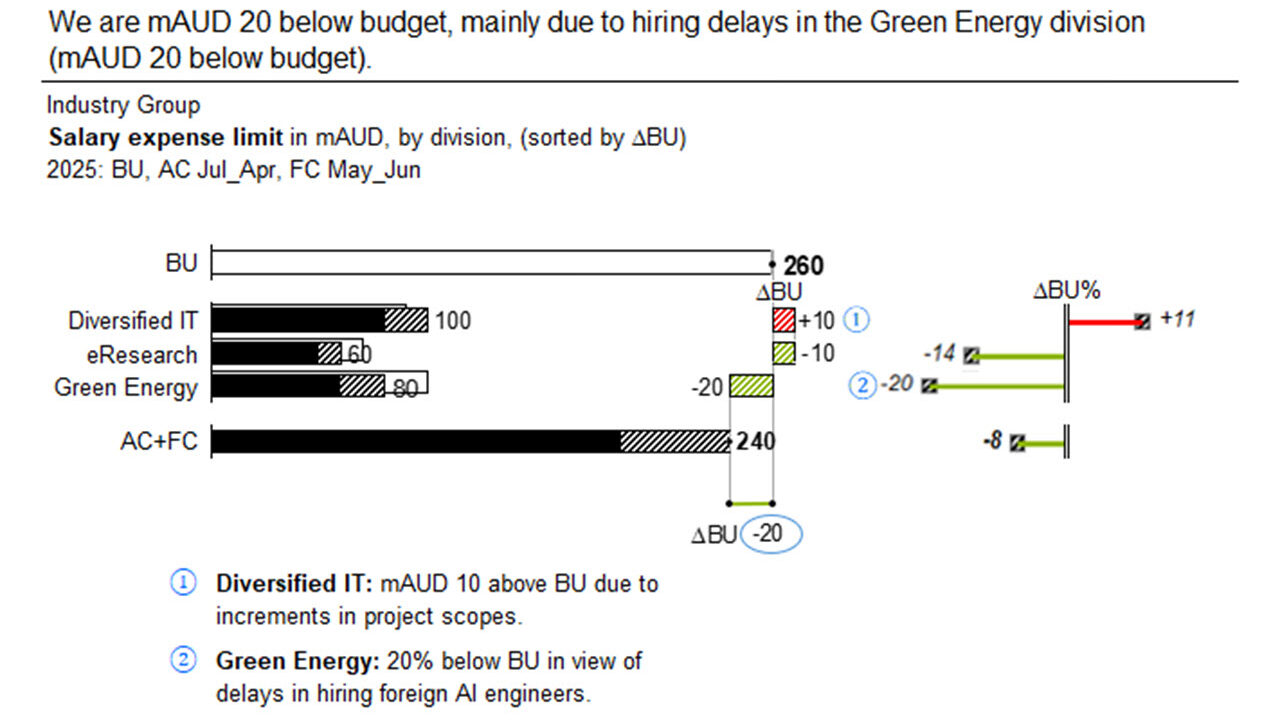
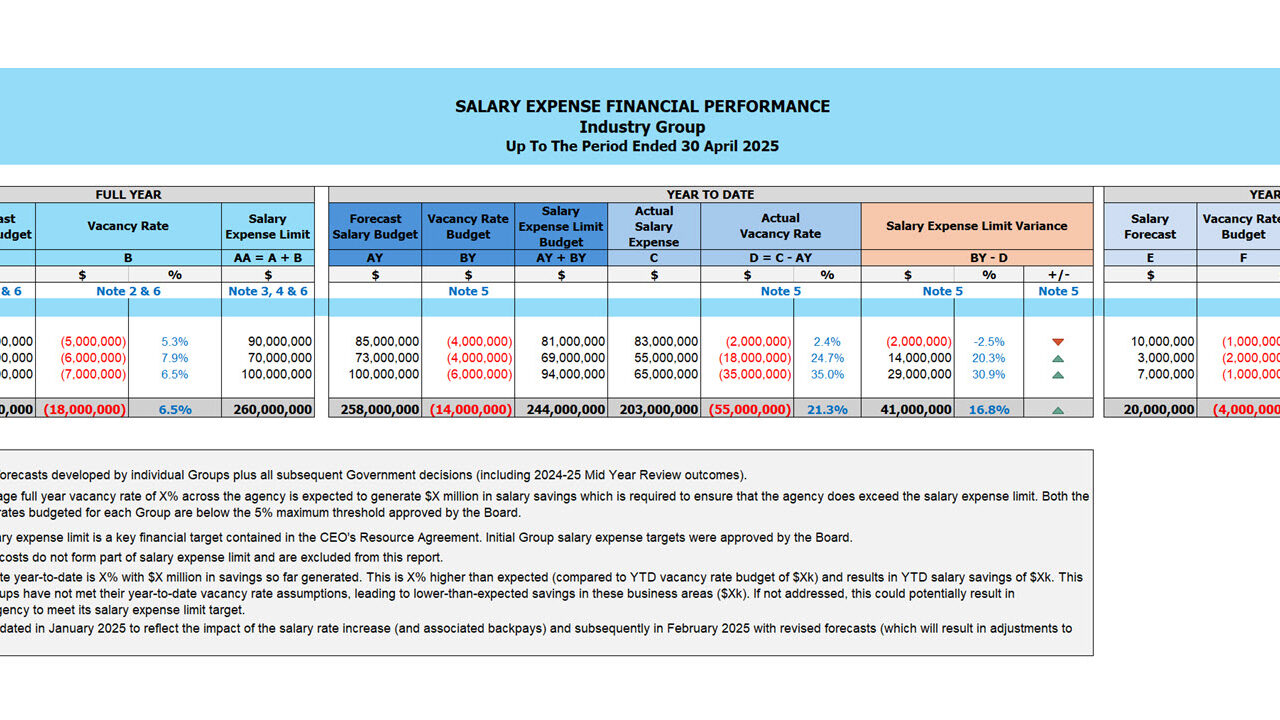
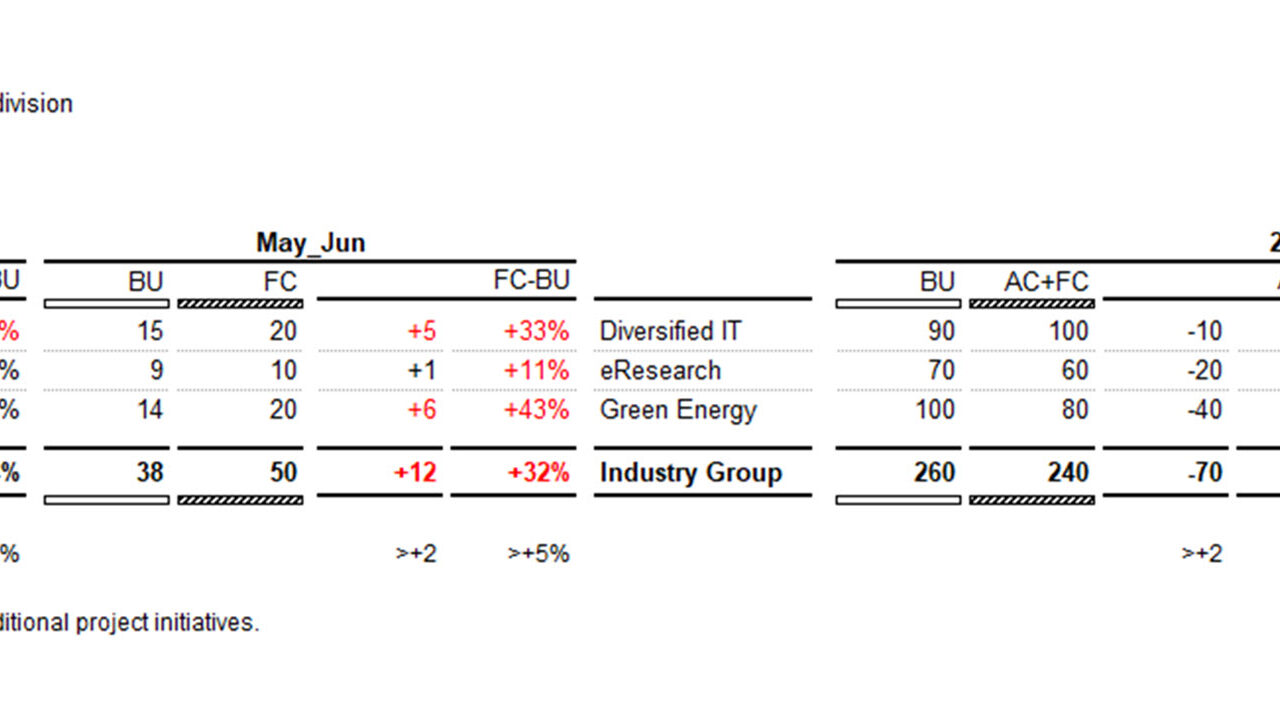
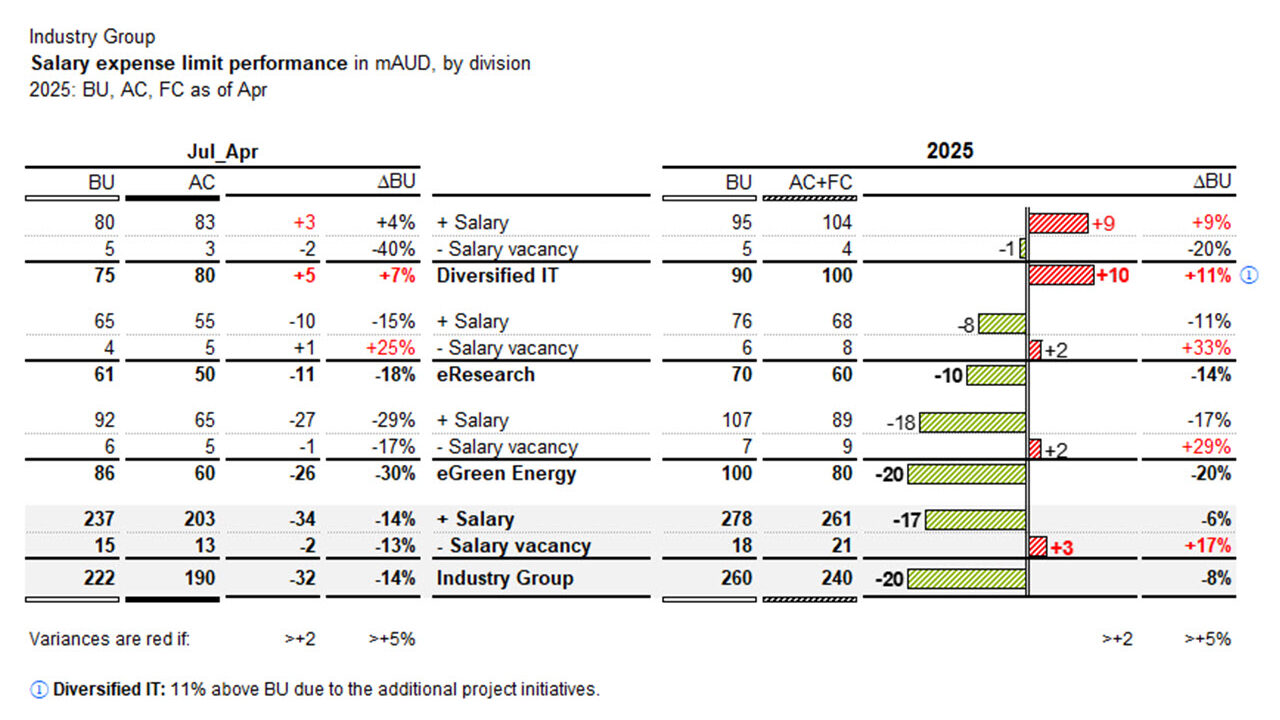
-
Operational expense The original table details expenditure across programs with metrics such as revised budgets, year-to-date actuals and budgets, variances, commitments, and remaining budget balances as of April 2024. While accurate, its tabular density and lack of visualisation make trend spotting and prioritisation laborious.
-
Operational expense The optimised chart shifts to a structural vertical bar chart for the Diversified Industry Division's operational expenditure by programs, sorted by ΔBU, integrating actuals (AC Jul-Apr), forecasts (FC May-Jun), and variances for 2025. Accompanied by a headline message and targeted notes, it visually emphasises variances.
-
Salary expense limit The chart illustrates the performance of salary expense limits for 2025, broken down by divisions, alongside a combined AC+FC column. It employs a structural vertical bar chart, including absolute and relative variances, sorted in descending order by ΔBU. It features a headline message and concise explanatory notes. This design excels in highlighting overruns and underspends.
-
Salary expense limit The original report presents salary expense data across multiple time frames (Full Year, Year-to-Date, Year-to-Go) by divisions, including forecasts, budgets, variances, and extensive notes. While comprehensive, it suffers from information overload, inconsistent formatting, and redundant elements, making it difficult to quickly identify key insights.
-
Salary expense limit The optimised table divides the data into cumulative and full-year variances by division, with clear budget (BU), actual (AC), and forecast (FC) scenarios, and an embedded waterfall bar to highlight the 2025 variance. This version results in a more focused, visually integrated presentation that emphasises actionable variances.
-
Salary expense limit The optimised table presents a division-centric view, comparing the Jul-Apr and 2025 periods with budget, and actual plus forecast (AC+FC), absolute and relative variances, and includes colour highlights as per performance rationale. The table uses nested rows to iteratively calculate the 'Salary expense limit' by division.

